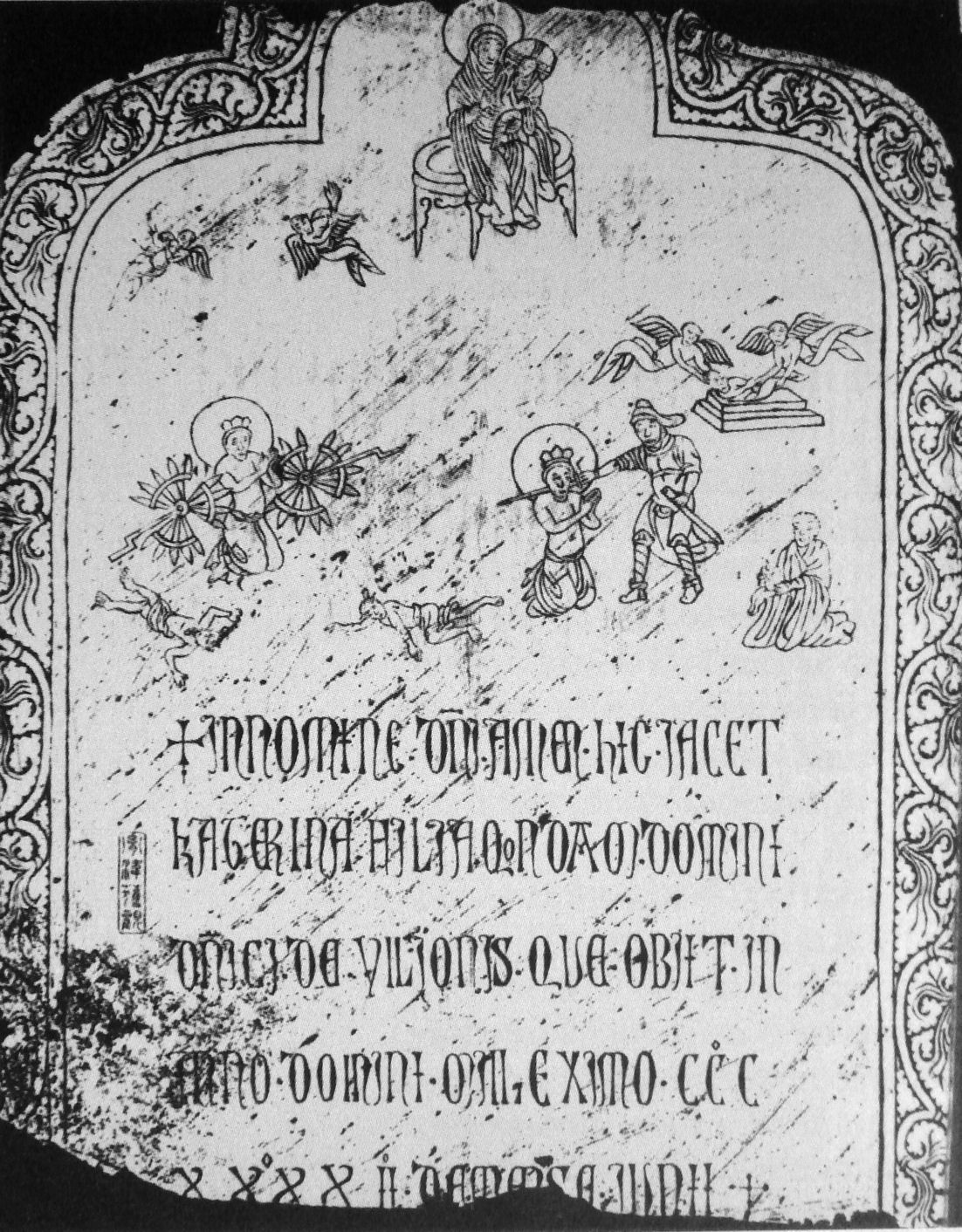Katarina Vilioni on:
[Wikipedia]
[Google]
[Amazon]
 Katarina Vilioni (died 1342) was an Italian woman and one of the first Europeans known to have resided in China. She was apparently a member of a
Katarina Vilioni (died 1342) was an Italian woman and one of the first Europeans known to have resided in China. She was apparently a member of a
"Les Mondes de Marco Polo", p.9
 Katarina Vilioni (died 1342) was an Italian woman and one of the first Europeans known to have resided in China. She was apparently a member of a
Katarina Vilioni (died 1342) was an Italian woman and one of the first Europeans known to have resided in China. She was apparently a member of a Genoese
Genoese may refer to:
* a person from Genoa
* Genoese dialect, a dialect of the Ligurian language
* Republic of Genoa (–1805), a former state in Liguria
See also
* Genovese, a surname
* Genovesi, a surname
*
*
*
*
* Genova (disambiguati ...
trading family that lived in Yangzhou during the mid-14th century.
Vilioni is known through her tombstone, which was rediscovered at Yangzhou in 1951. It suggests that Vilioni died in 1342 and was the daughter of a man named Domenico Vilioni.
Historical background
The early presence of Europeans at Yangzhou may have been linked to the silk trade and a reported sojourn there, during the 1280s, byMarco Polo
Marco Polo (, , ; 8 January 1324) was a Venetian merchant, explorer and writer who travelled through Asia along the Silk Road between 1271 and 1295. His travels are recorded in ''The Travels of Marco Polo'' (also known as ''Book of the Marv ...
, who was said to have served the Chinese emperor in an official position at Yangzhou.
Members of the Franciscan order were apparently established at Yangzhou before 1322, when Odoric de Pordenone visited and resided among Franciscans there.
The existence of the tombstone suggests that, by the time Vilioni died, there was a well-established community originating from the Italian peninsula in the city.
Tombstone
The tombstone, which is inscribed in an upper-case Lombardic Latin script, reads: :' :' :' :'' :' ("In the name of the Lord, amen. Here lies Caterina daughter of the deceased lord Domenico de Vilionis, who died in A.D. 1342, in the month of June.") Vilioni's tombstone also carries a depiction of the martyrdom of Saint Catherine of Alexandria. As such, it may represent the oldest surviving Roman Catholic artefact in China. (Older Christian monuments in China are the work of the NestorianChurch of the East
The Church of the East ( syc, ܥܕܬܐ ܕܡܕܢܚܐ, ''ʿĒḏtā d-Maḏenḥā'') or the East Syriac Church, also called the Church of Seleucia-Ctesiphon, the Persian Church, the Assyrian Church, the Babylonian Church or the Nestorian C ...
. Odoric de Pordenone also mentions the existence, in 1322, of three Nestorian churches in Yangzhou.)
The tombstone was rediscovered in 1951 by members of the People's Liberation Army
The People's Liberation Army (PLA) is the principal military force of the People's Republic of China and the armed wing of the Chinese Communist Party (CCP). The PLA consists of five service branches: the Ground Force, Navy, Air Force, ...
, among material that had been used to build ramparts at Yangzhou.
Later research
The Vilioni family of Yangzhou has been linked to a named Pietro Vilioni, who in 1264 was involved in trade at Tabriz (in modern Iran). Following the rediscovery of Katarina Vilioni's tombstone, a smaller plaque was discovered in Yangzhou, with an inscription mentioning the death in November 1344 of an Antonio Vilioni, who was also a son of Domenico Vilioni. The surname Vilioni may have been a precursor or variant of the later surname Ilioni. The medieval scholar Robert Lopez has suggested that the Domenico Vilioni of Yangzhou was a man named "Domenico Ilioni", who in 1348 was mentioned in records kept by the city of Genoa. The Genoese records state that Domenico Ilioni mentioned in relation to a merchant named Jacopo de Oliverio, who was said to have lived in the "Kingdom of Cathay" (China), where he had multiplied his capital fivefold. also"Les Mondes de Marco Polo", p.9
Notes
References
Bibliography
* * * {{DEFAULTSORT:Vilioni, Katarina Silk Road Chinese people of Italian descent 1342 deaths Year of birth unknown People from Yangzhou Yuan dynasty people 1951 archaeological discoveries